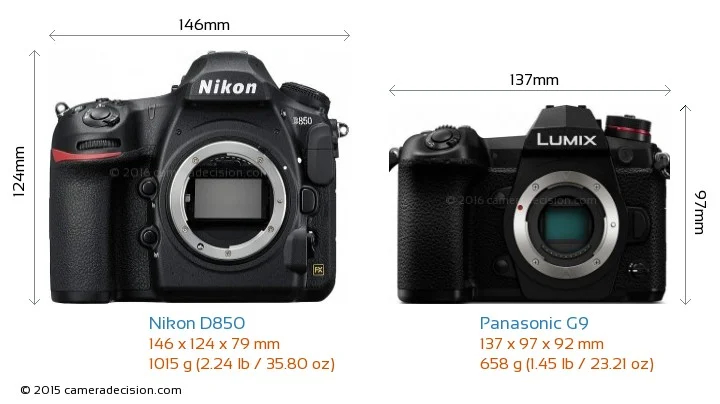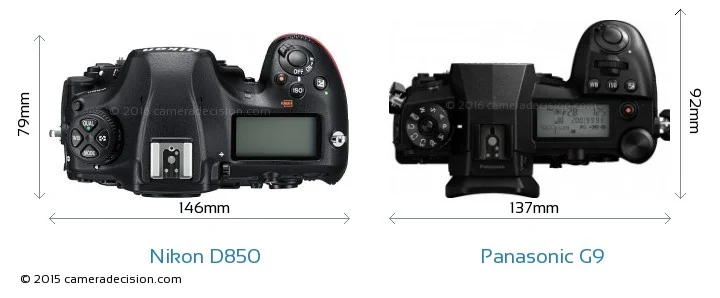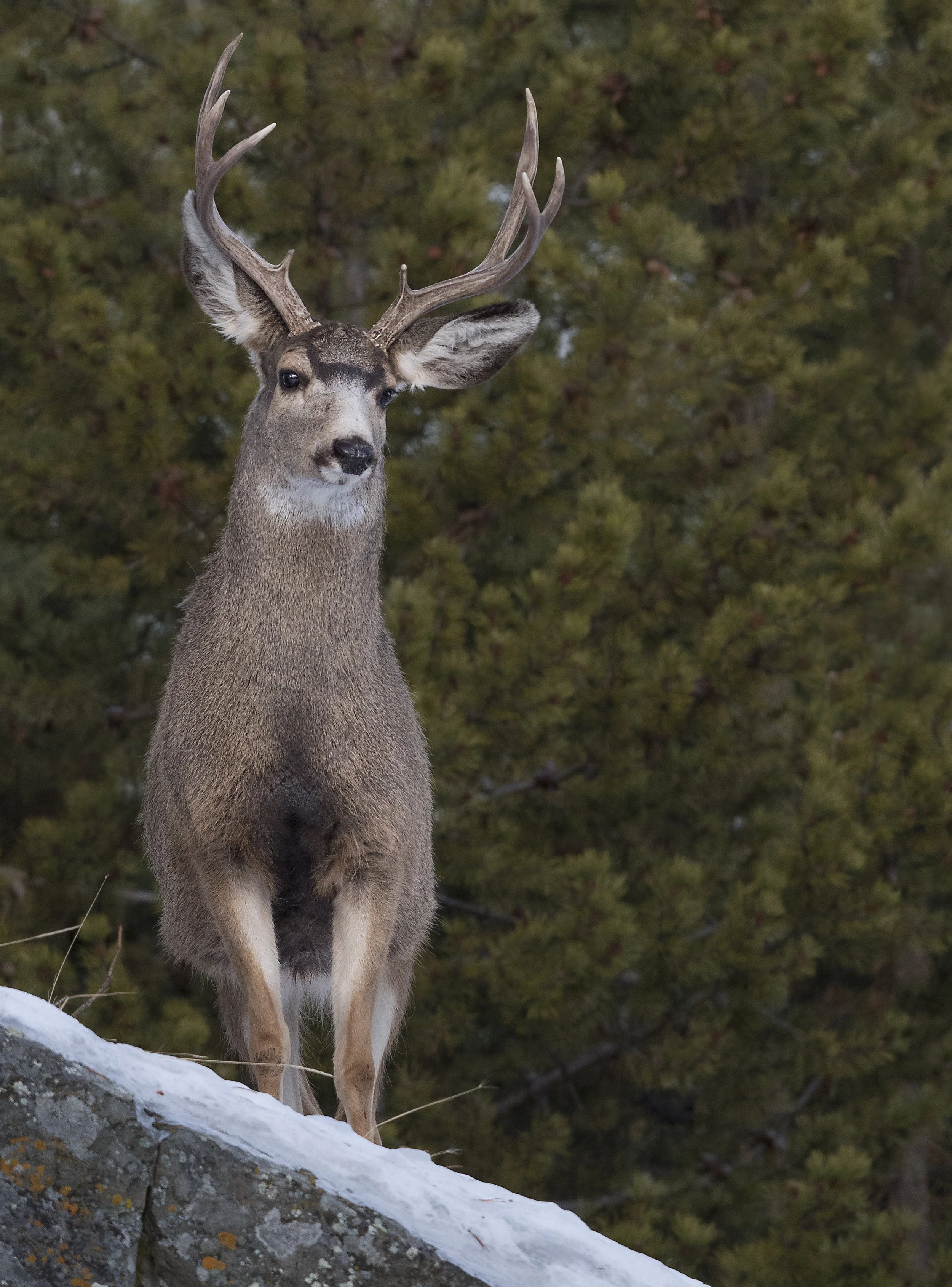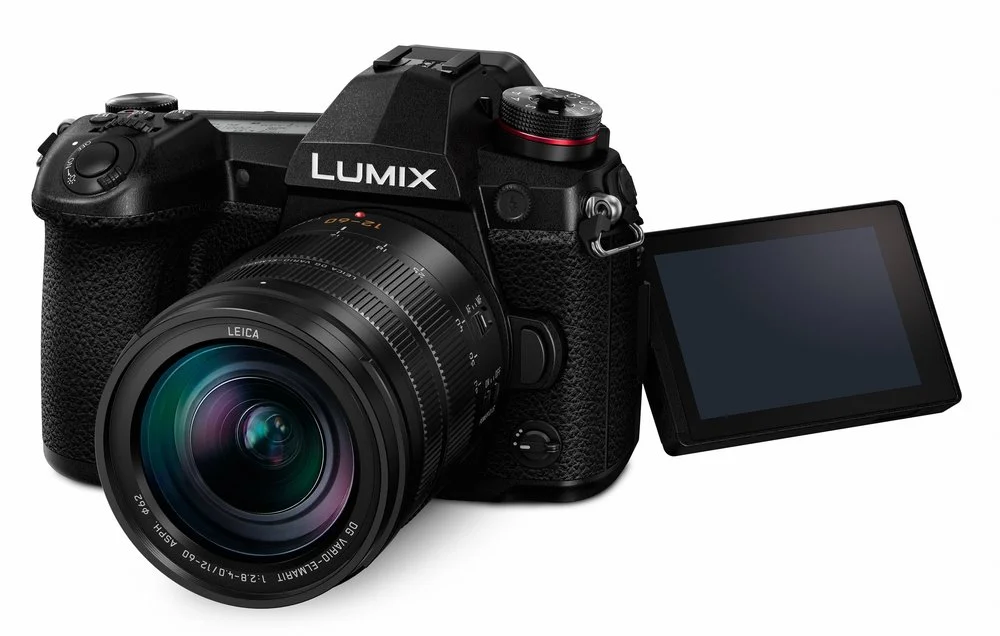Lumix G9 handles itself exceptionally well over the last two weeks
Let me start this blog post by saying this…
“imagine, you just got the new Nikon D850 and Nikkor 70-200 f2.8 and the LUMIX G9 and 35-100 f2.8. They are both sitting in front of you and a Canada Lynx is standing in front of you. You use both cameras to take the lynx photos in the same scene, and when they have both been edited and sized appropriately, you have to look at the meta data to see what camera was used for the photo”.
I don’t know about you, but I would never have thought I would utter that phrase a few years ago…
Below you will see two photos... both edited the same, both sized the same for web, both were printed on my color printer at the same size... and the difference, well, you take a look.
The cameras I used were the Nikon D850 with a 70-200mm f2.8 and a LUMIX G9 and the 35-100mm f2.8 (70-200mm equivelant)
I am not going to sit here and compare the two cameras. They are clearly two different cameras… instead, I want to talk to the average photographer that enjoys taking photos for themselves, post on social media, Heck, you may sell prints and you may even shoot weddings or grad photos.
The LUMIX G9 is definitely a camera you should consider…
I’ve written about the capabilities of the camera earlier in the week. You can see that post yesterday on my blog.
Today I wanted to share some of my thoughts on the the three things that really stood out as I used it…
The first thing you will notice that ergonomically the camera is set up similar to the DSLR you are currently using. The controls are easy to find and the camera feels like a DSLR, just smaller.
Here are some charts to show you the size differende
I was happy with the frames per second. In Continuous H mode, the fastest mechanical shutter burst mode, the G9 captured images at just over 12 frames-per-second no matter the file type, easily meeting Panasonic's 12 fps spec. The G9 can also shoot 6K photos at 30 fps and 4K photos up to 60 fps, allowing users to capture 18MP or 8MP images at different frame rates.
In regards to battery life... something that i struggled with in previous LUMIX cameras I used, i was exceptionally happy with. The reviews stated 300-400 images per battery. In my real world tests I was getting over 600. When I put it in battery saver mode I was shooting all day on one battery and captured over 900 images on a single battery.
ISO... this one had me a little nervous. My situation was that we were shooting a lot under tree canopies on cloudy days. To keep the speeds up I was frequently forced to shoot 1600ISO. Well, i was impressed with the end result. As you will see below, I didnt get the noise that one would historically expect from a micro 4/3rd camera.
LUMIX G9, 35-100m f2.8, 1600ISO
LUMIX G9, 200mm f2.8, 1600ISO
I really liked the Electronic Viewfinder. The OLED electronic viewfinder delivers 100% coverage and has a massive 0.83x magnification (35mm-equivalent). This is a big step up from the G85, for example, which had 0.74x magnification. Not only is the EVF large and crisp, but it also is very fast with a 120 frames per second refresh rate. It's blackout-free, fast and sharp. I couldn't ask for anything more, and I think that the G9 offers one of the best electronic viewfinders I've used, not just for a Micro Four Thirds camera, but in general.
The rear-panel LCD is essentially unchanged from that of the G85. Its got a 3.0-inch diagonal, and a resolution of 1,040kdots. It is attached to a side-mounted tilt/swivel mechanism, making it easy to get shots high in the air or low to the ground, regardless of the orientation.
Check out the camera specs and pricing in Canada by clicking here.







